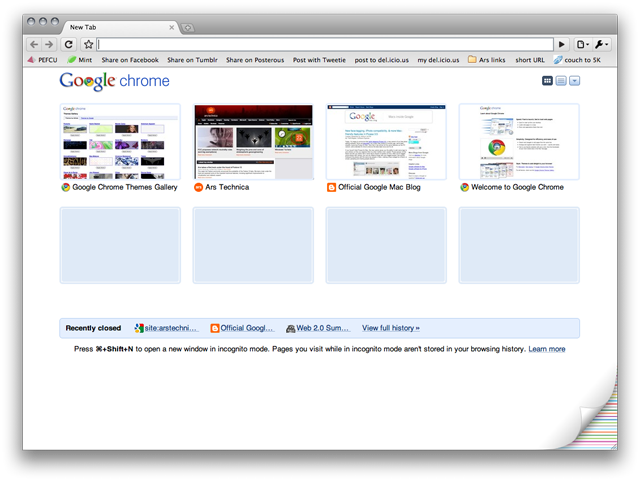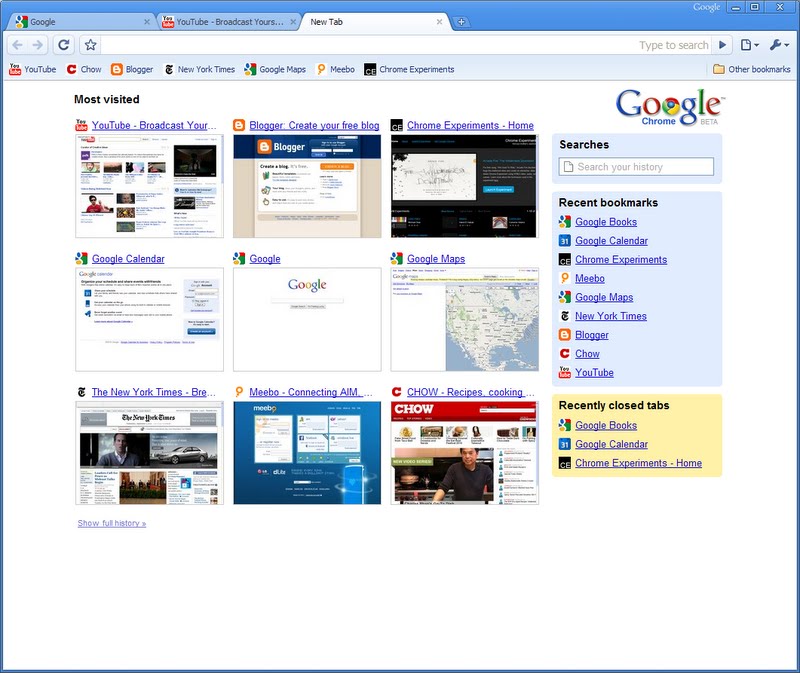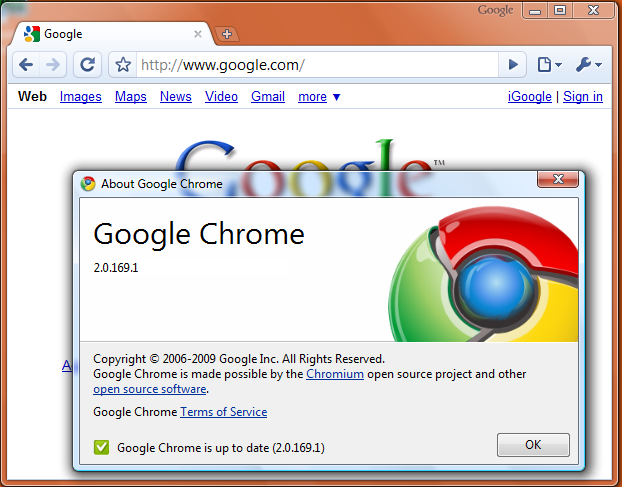



The backdrop-filter CSS property applies one or more filters to the “backdrop” of an element. It can be replicated on the web with the CSS backdrop-filter property that Chrome 76 now supports. This results in a slightly blurred, but still visible background. “Frosted glass” is a popular look for apps - especially on iOS - that makes UI elements partially translucent. This is similar to Chrome 74′s support for reducing motion, with developers required to create themed versions of their content first. Version 76 will let websites automatically enable dark modes and respect user preference with the prefers-color-scheme media query. Saved WebAPKs allow applications to appear in the launcher and Android system settings, with the browser now looking for manifest updates daily, instead of every three days in previous releases.Ĭhrome for Mac and Windows already feature darker looks that turn the address bar, tabs, and other UI elements gray when the OS-level dark theme is enabled. PWAs will also check for updates more frequently starting with Chrome 76.

However, users still have the option to switch back to the current “Ask first” option - where explicit permission is required for each site after every browser restart - for several more releases. In July 2017, Adobe announced that it would stop supporting Flash, and Google followed by announcing that it would remove the plug-in from its browser by late 2020.Ĭhrome 76 by default blocks Flash in the browser. In late 2016 and early 2017, Chrome blocked background Flash elements and defaulted to HTML5, with users having to manually enable the Adobe plug-in on a site-by-site basis. Chrome 76 gets ready for the deprecation of Flash next year by blocking the plug-in by default, while Incognito Mode will be harder to detect.Īs a big HTML5 proponent for the past decade, Google encouraged sites to switch away from Flash for faster, safer, and more battery-efficient browsing. Google today is rolling out the latest version of Chrome for Mac, Windows, and Linux.


 0 kommentar(er)
0 kommentar(er)
